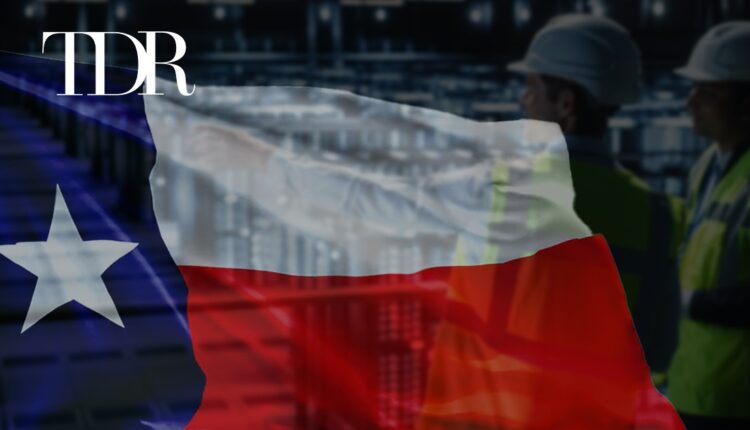
Texas Miners Embrace AI with New Data Center Project
The TDR Three Key Takeaways regarding Texas Miners and Data Center Project:
- Texas miners diversify into AI with Lancium and Crusoe’s data center project.
- Lancium’s patented power orchestration technology will balance the grid, ensuring efficient energy use.
- Hut 8 CEO Asher Genoot finalized commercial agreements for our AI vertical, offering GPU-as-a-service, with fixed infrastructure payments and revenue sharing.
Houston-based Lancium and Denver-based Crusoe Energy Systems (CRU) have announced a multibillion-dollar deal to construct a 200-megawatt data center outside Abilene, Texas. This facility will cater to the needs of AI companies, illustrating a significant step in focus among Texas miners.
The new data center, to be built by Lancium and Crusoe Energy Systems, marks the beginning of a 1.2-gigawatt project expected to become one of the world’s largest AI data center campuses. This development underscores the ongoing technological shift where bitcoin miners are pivoting towards AI due to high energy demands and profitability challenges in bitcoin mining post-halving.
Bitcoin mining infrastructure is particularly well-suited for AI operations. Its expansive data centers, access to fiber lines, and substantial power capabilities create an optimal environment for AI data centers. Consequently, many bitcoin miners are diversifying through AI, leading to various mergers, financings, and partnerships. Notable examples include Bit Digital’s deal in Iceland, Hut 8’s debt raising, and Core Scientific’s partnerships.
The new data center in Abilene aims to use primarily renewable energy sources. Lancium’s patented power orchestration technology will balance the grid, ensuring efficient energy use. This aligns with the broader trend of integrating renewable energy into data center operations, reflecting a commitment to sustainability.
Chase Lochmiller, Crusoe’s co-founder and CEO, emphasized the developing nature of data centers. “Data centers are rapidly evolving to support modern AI workloads, requiring new levels of high-density rack space, direct-to-chip liquid cooling, and unprecedented overall energy demands,” Lochmiller stated in a CNBC report.
JPMorgan Chase analysts noted in a June report that “some operators are feeling the financial pinch from the recent block reward halving, which cut industry revenues in half, and are actively exploring exit strategies.” This has driven many bitcoin miners to explore AI-related ventures as a way to mitigate financial pressures.
Hut 8 CEO Asher Genoot highlighted his company’s progress in this area, telling CNBC, “We have finalized commercial agreements for our new AI vertical under a GPU-as-a-service model, including a customer agreement which provides for fixed infrastructure payments plus revenue sharing.” This strategy not only diversifies revenue streams but also leverages existing infrastructure to support emerging AI technologies.
Nuclear energy is being considered to meet growing demand sustainably, with bitcoin miners expected to more than double their power capacity in the next one to two years. This transfer from bitcoin mining to AI in Texas demonstrates adaptation to market and technology changes, highlighted by Lancium and Crusoe Energy Systems’ collaboration on a major AI data center using renewable energy.



